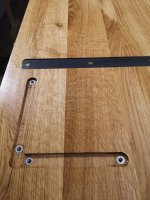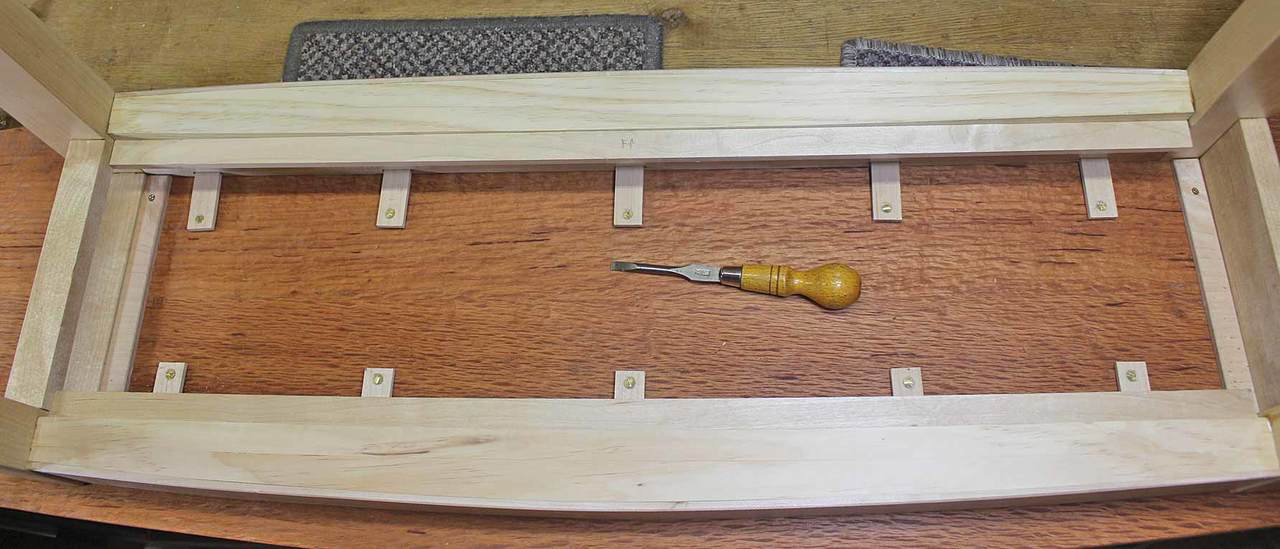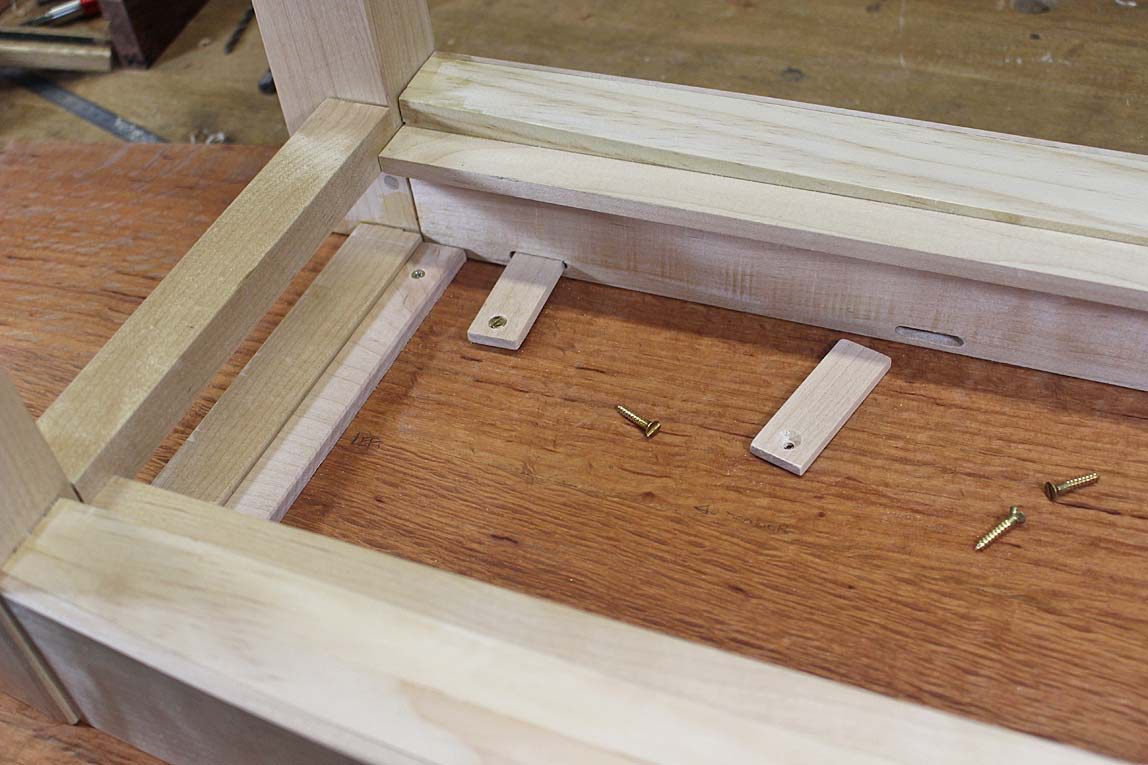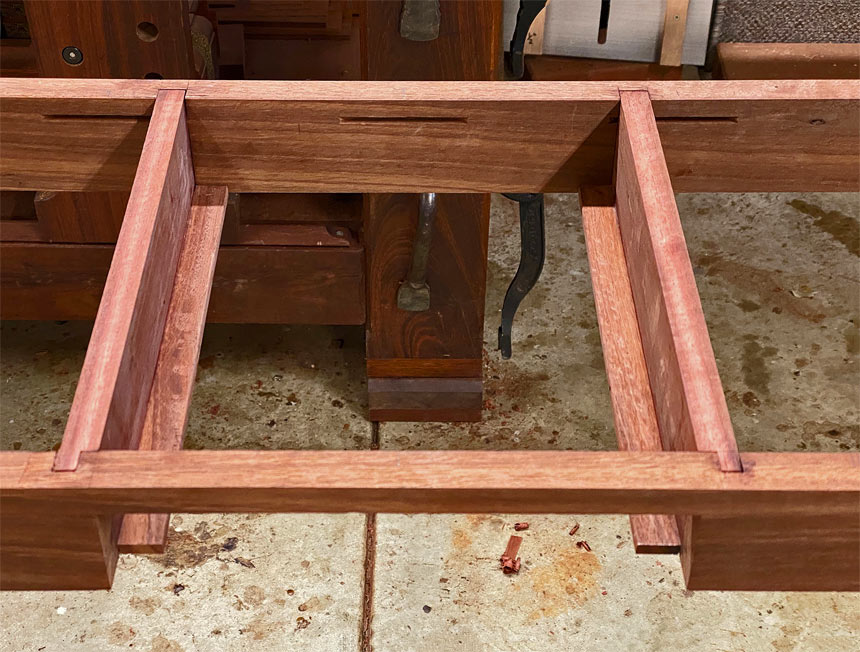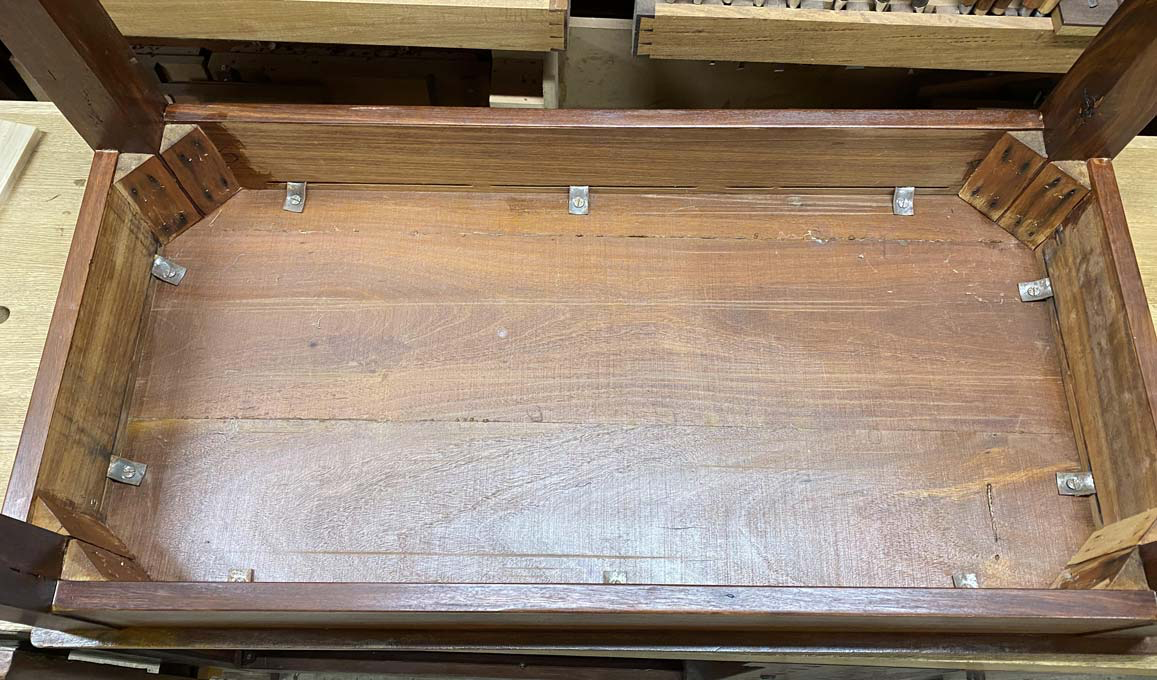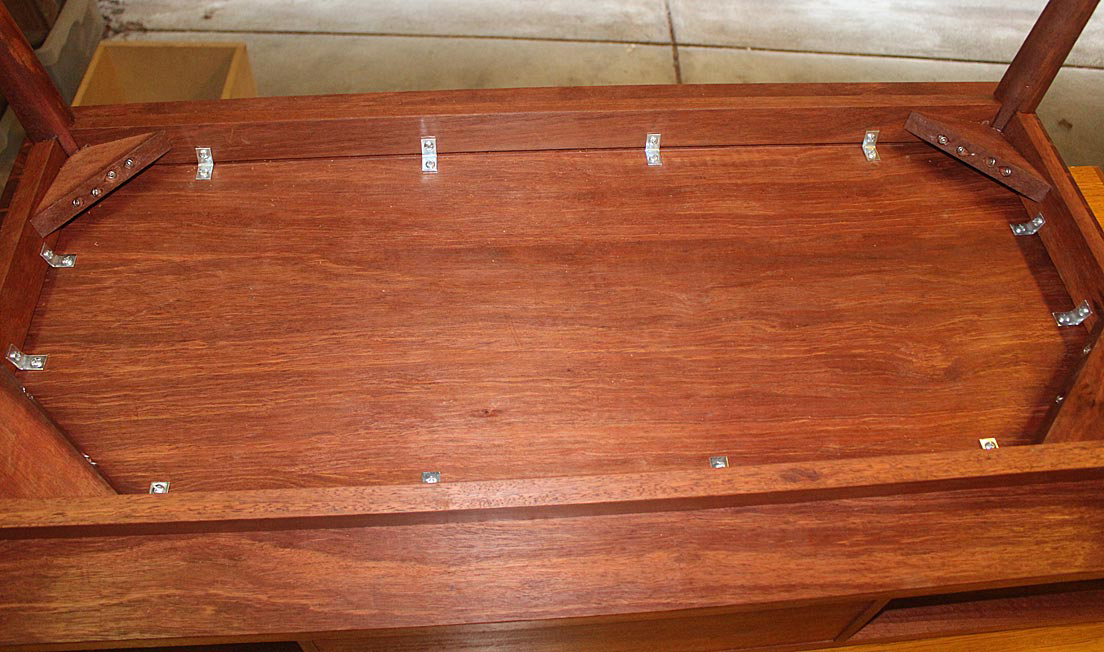Mike35x95x1
Member
- Joined
- Sep 10, 2020
- Messages
- 96
Hi everyone, I have just finish oak dining table. The frame and the legs are jointed with pair of 6x40 dominos. I also used a pair of dominos inside the legs to make them stronger in torsion as I was said it is expected the table will be moved (pulled) by one person from time to time[emoji849] the finish is Osmo Top Oil.

Some photos from the building process:




DIYer from Europe (TS55, KS60, DF500, OF1010, FS1400, FS-WA/90, FS-PA-VL)

Some photos from the building process:




DIYer from Europe (TS55, KS60, DF500, OF1010, FS1400, FS-WA/90, FS-PA-VL)

